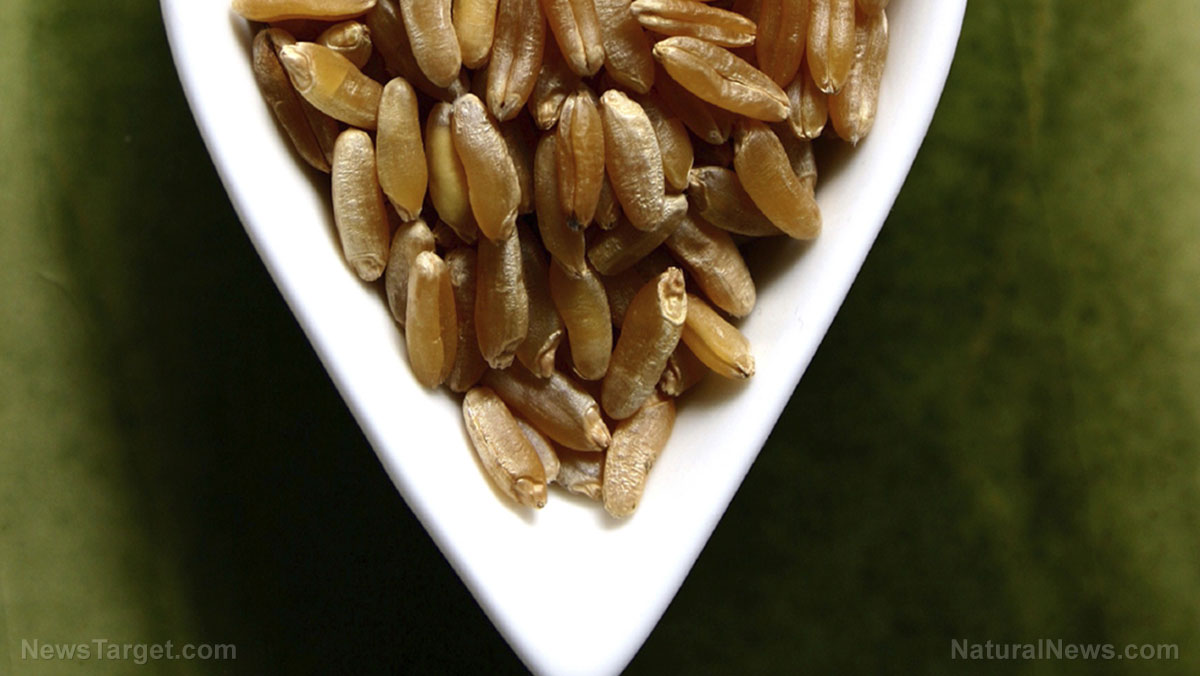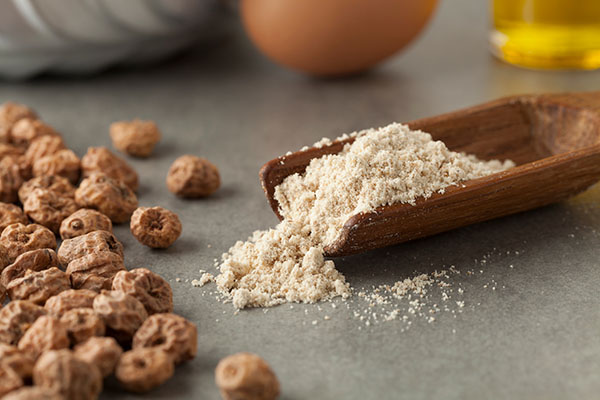
Advertisement
Kamut (Triticum turanicum) or Khorasan wheat is among the many ancient grains being rediscovered in the modern period. Ancient grains such as kamut are called as such because they have remained largely unchanged over the past few centuries. Ancient grains are commonly consumed in other parts of the world but remain uncommon in the West. As such, they are considered as superfoods when sold in the West due to their purported health benefits and diverse nutrient profiles.
Organic kamut has also been touted as a healthier alternative to wheat due to its positive effect on gut health. According to organic farmer and author Bob Quinn, genetic modifications and glyphosate residue on modern wheat has contributed to people’s declining gut health and increasing auto-immune diseases. Thus, adopting a “back to basics” approach by consuming ancient grains such as kamut may help you achieve optimal gut health.
Quinn mentioned a double-blind study in which participants were divided into two groups. One group ate a diet with organic ancient grains, while the other ate modern wheat grown organically. The ancient grain group reported lower levels of insulin, bad cholesterol and pro-inflammatory cytokines compared to the modern wheat group. Members of the ancient grain group who suffered from irritable bowel syndrome (IBS) reported a significant decrease in bloating, fatigue, diarrhea and stomach pain within six weeks of consuming ancient grains.
Kamut boasts of a broad nutrition profile: It contains considerable amounts of different vitamins and minerals that contribute to your body’s well-being. Let’s look at some of these nutrients this nutty grain holds.
Protein and magnesium
Kamut provides you with protein and zinc, two nutrients your body needs to rebuild and maintain itself. Each one-cup serving of this ancient grain contains 10 grams of protein and 83 milligrams of magnesium.
Protein plays a key role in maintaining strong tissues. It also aids in delivering oxygen throughout the body and strengthening the immune system. Meanwhile, magnesium strengthens bone tissue and activates certain enzymes that your cells need to function properly.
Selenium and manganese
Kamut contains selenium and manganese for hormone balance. A serving of kamut already has the entire daily recommended manganese intake for women and the entire daily recommended intake for selenium.
Manganese helps you synthesize sex hormones, while selenium supports the production of thyroid hormones. Manganese and selenium are also notable antioxidants. They protect the body from the negative effects of oxidative stress. Aside from addressing damage caused by free radicals, these antioxidants also help reduce gut inflammation and pain linked to IBS.
Zinc
Kamut also has a considerable amount of zinc for your immune system. Each serving fulfills 29 percent of the daily recommended zinc intake for men, while it fulfills 40 percent of the daily recommended intake for women.
A diet rich in zinc helps the immune system fight off disease-causing pathogens. Zinc also promotes healthy thyroid function, which makes it a key nutrient for those suffering from thyroid conditions.
Fiber
Finally, kamut contains fiber – a type of carbohydrate fundamental for digestive health. A one-cup serving of kamut provides 19 percent of the daily recommended intake for men. Women who eat a serving of this grain every day can get 28 percent of their recommended intake from this grain.
As seen in the double-blind study cited by Quinn, fiber helps lower cholesterol levels. Participants who consumed ancient grains such as kamut reported reduced levels of low-density lipoproteins (LDL), considered the “bad” kind of cholesterol. They also reported lower insulin levels, suggesting that kamut helps fight type 2 diabetes.
Kamut is relatively easy to add to your diet. It can be purchased at health food stores and some grocery stores. Quinn noted that one should look for pasta, bread and crackers with “ancient grain” on the label. Modern wheat and processed foods made from it contain a hybrid protein called gliadin. This protein can cause allergenic intolerances: Kamut is devoid of gliadin, which makes it a better choice.
Preparing kamut is also easy: Simply boil it until it becomes tender. You can then use it as a base for salads – similar to quinoa – as the nutty flavor of kamut pairs well with different ingredients. Turn it into a sweet salad by mixing toasted pecans, dried apricots, orange slices and drizzling a cranberry maple vinaigrette over it. For a vegetable salad, mix it with roast red pepper, kale and green onion – and finish off with a lemon tahini dressing.
Another way to prepare kamut would be to cook it into a porridge similar to oatmeal. Process raw kamut grains in a blender or food processor and add water or milk, then boil. Let it simmer until it reaches your desired consistency. Top it off with different berries and yogurt, and enjoy!
Kamut may be an ancient grain, but its health benefits are definitely suitable for the modern age!
Visit Superfoods.news to know more about kamut and other ancient grains.
Sources:
Advertisements







